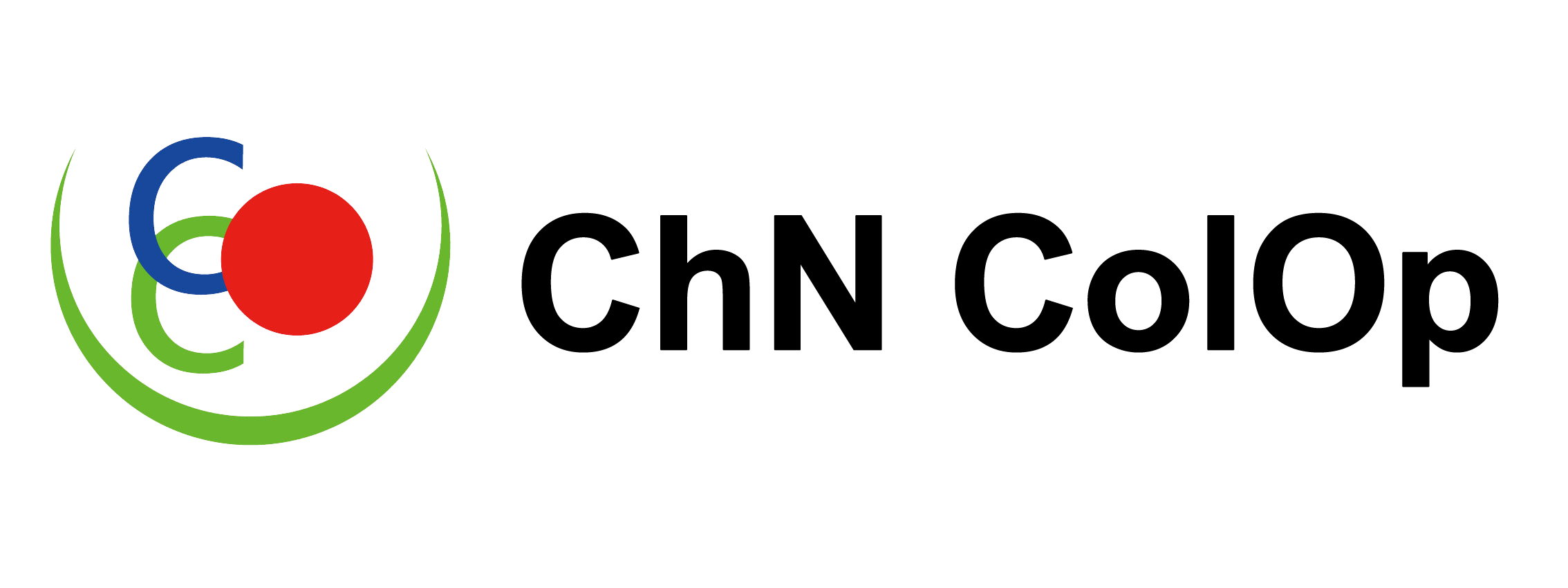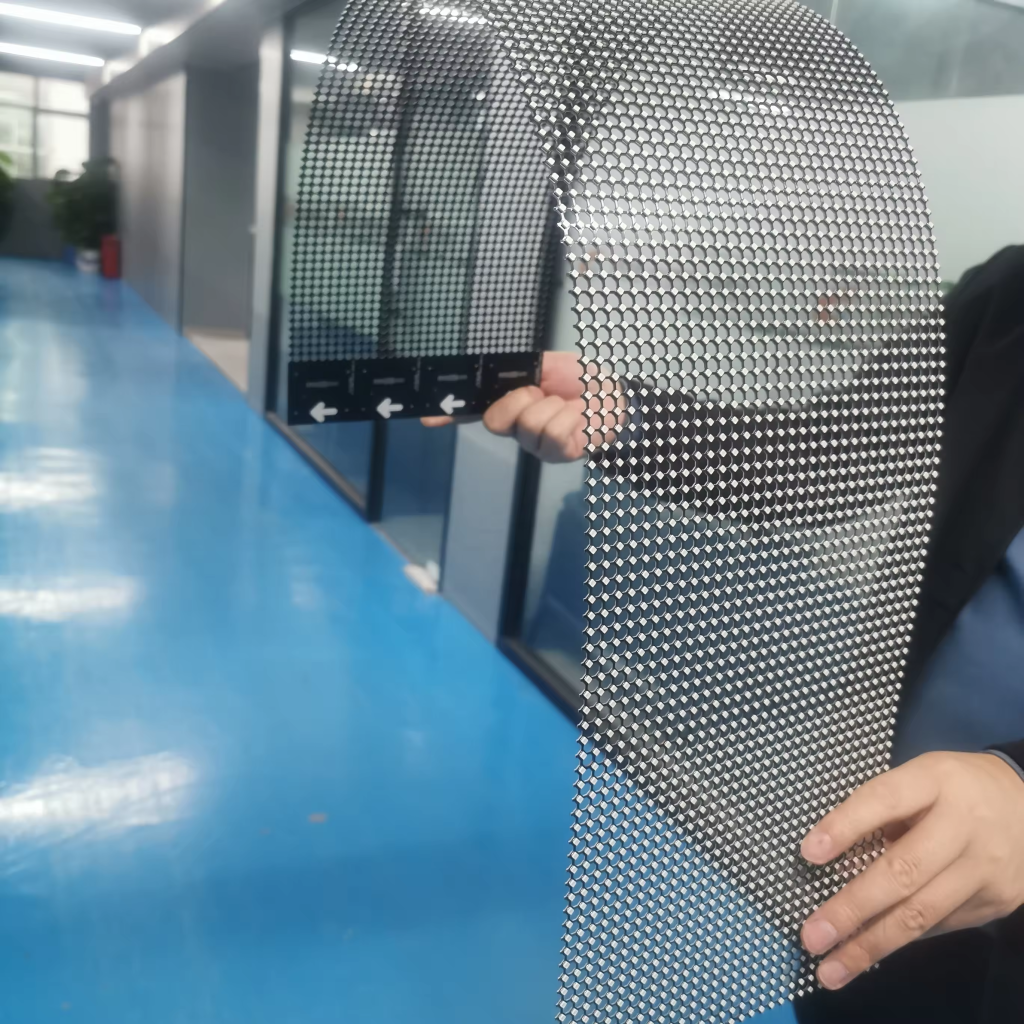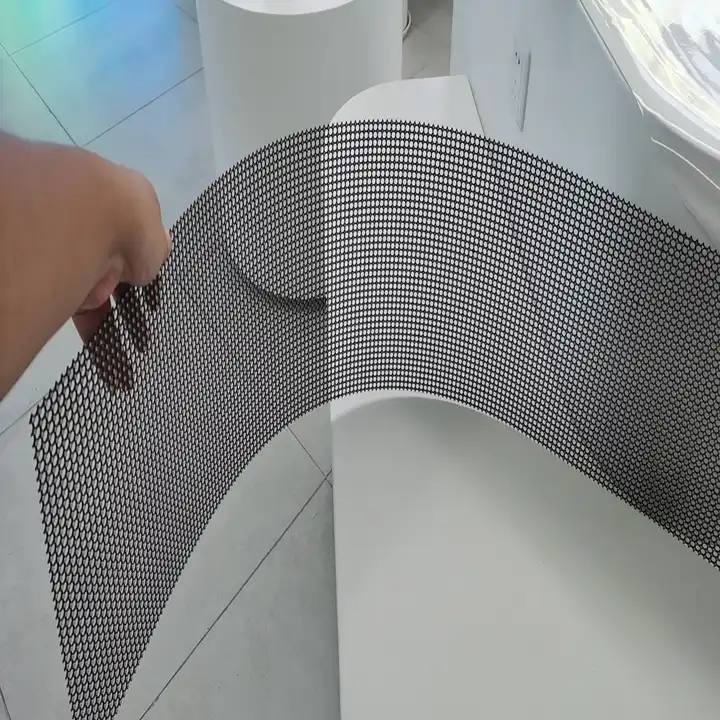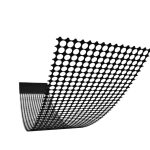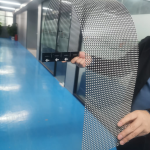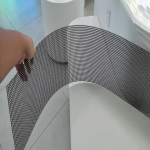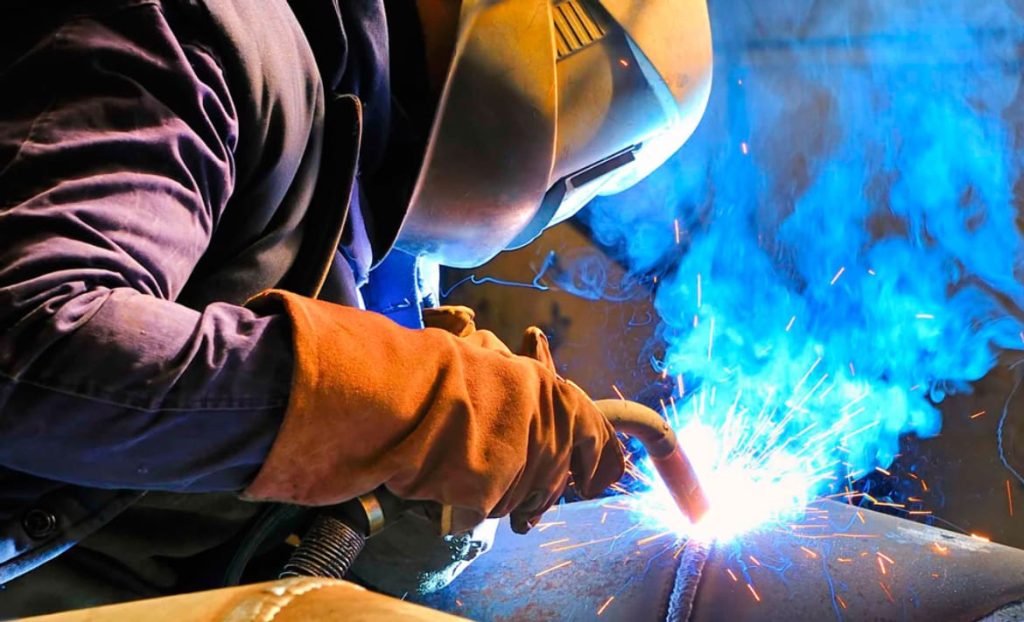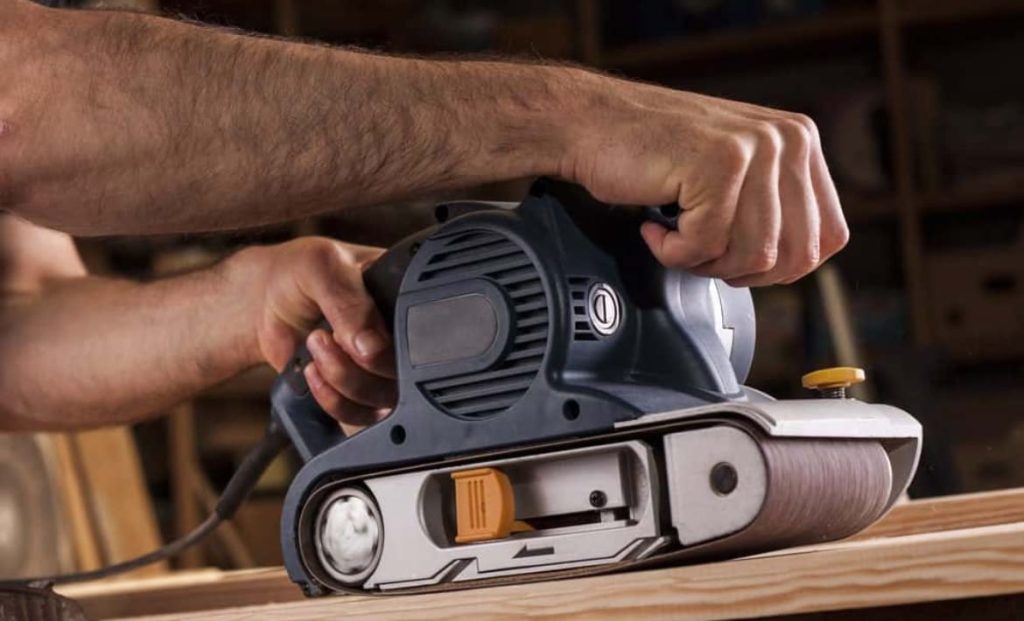LED Electronic Screen | High Definition Display Solutions to Light Up Your Every Moment
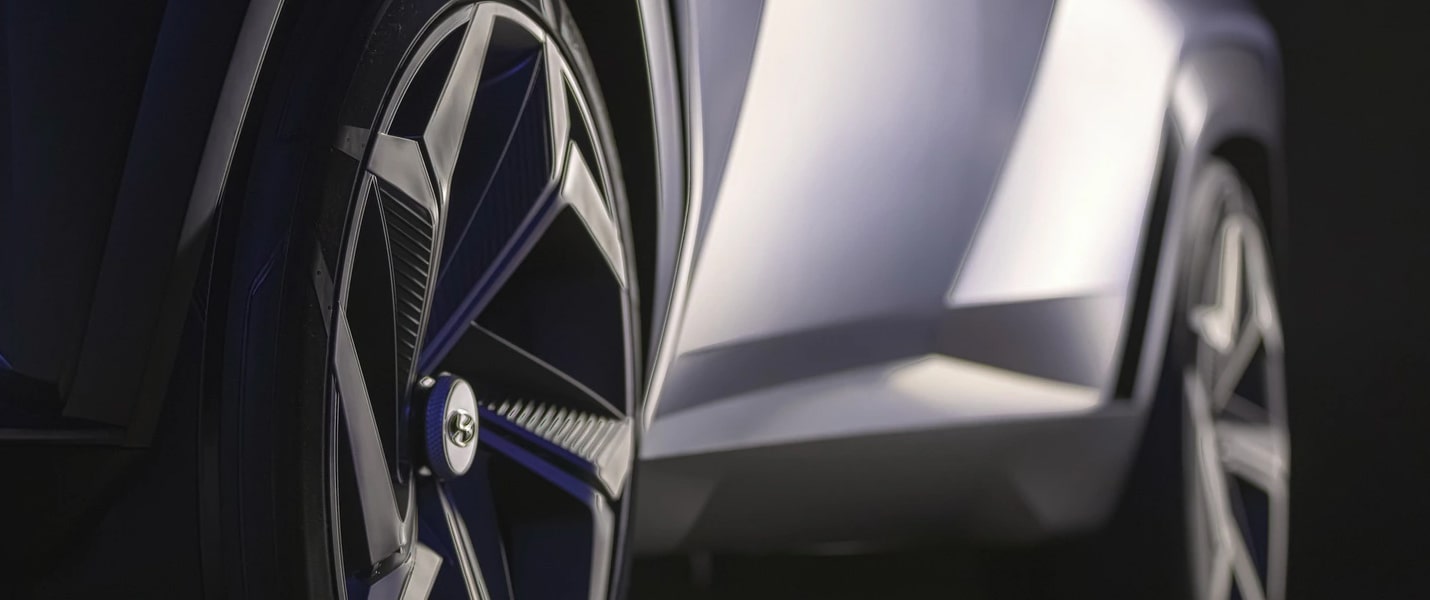
LED Holographic Screen
PRODUCT PARAMETERS
Description
Overview of LED Holographic Screen
The LED holographic screen is a display device that utilizes LED light sources and transparent display elements to create three-dimensional images through optical projection technology. It features a mesh structure, with transparent LED elements that allow light to pass through without obstructing the background. The light emitted by the LED source is projected onto the screen through a precisely controlled optical system, creating a three-dimensional effect.
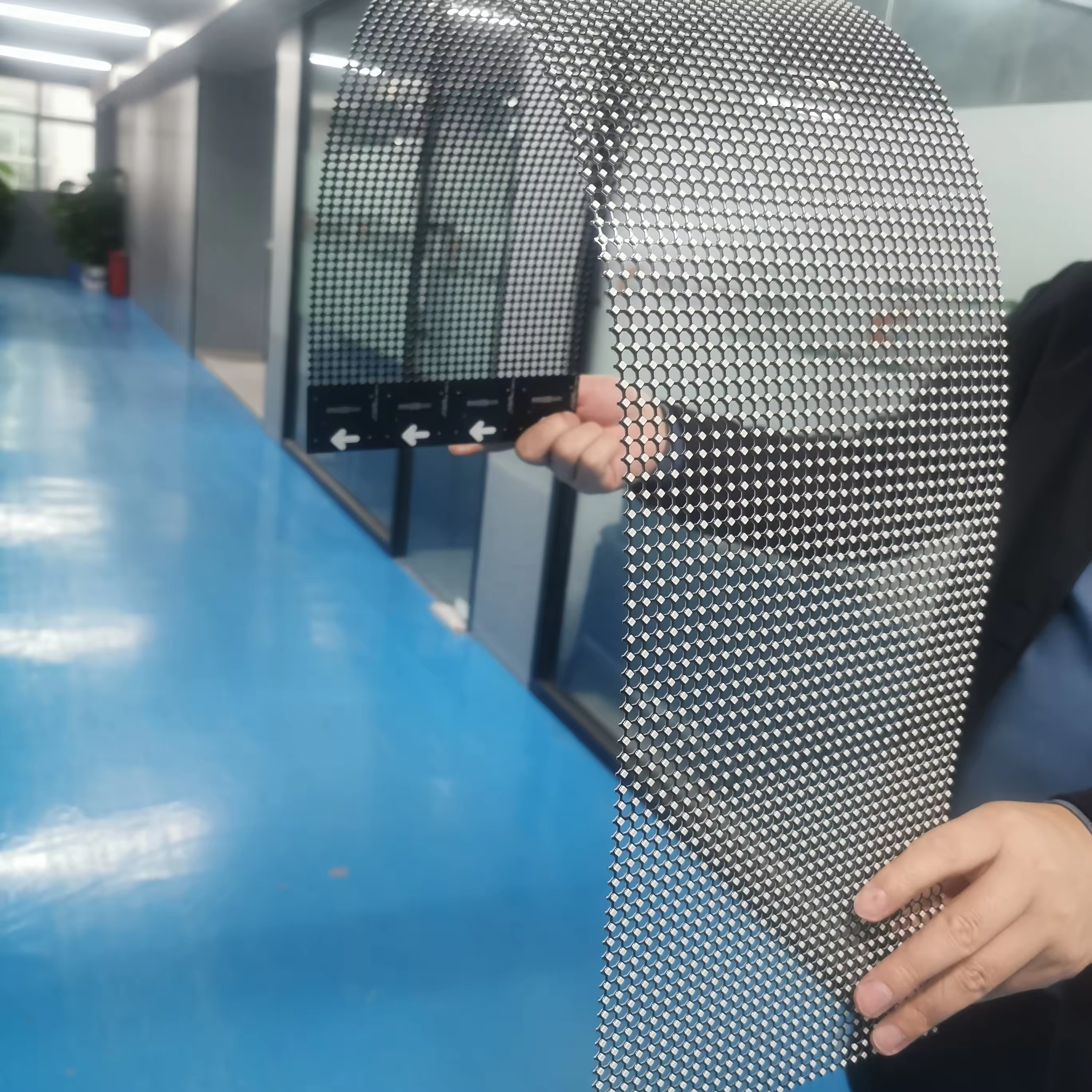
Key Characteristics:
- Three-Dimensional Imaging: Creates lifelike 3D visuals that appear to exist in real space.
- Autostereoscopic Viewing: No special eyewear required for viewers to experience the 3D effect.
- Interactive Capabilities: Some advanced systems allow users to interact with holograms using gestures or other input methods.
- Dynamic Content: Can display moving images and animations, enhancing engagement and realism.
Specifications of Holographic screen
| Product Model | P2.5 | P3.91 | P6.25 | P10 | ||
| LED type | 1515 | 2121 | 2121 | 2727 | ||
| Pixel Pitch (mm)(mm) | 2.5-2.5 | 3.91-3.91 | 6.25-6.25 | 10.0-10.0 | ||
| Pixel Density (dot/ m²) | 160000 | 65536 | 25600 | 10000 | ||
| Transparency | 85% | 92% | 95% | 95% | ||
| Module Display Size (mm) | 125×1000 | 250×1000 | 250×1000 | 960×1000 | ||
| Module Overall Size(mm) | 125×1025 | 250×1025 | 250×1025 | 960×1000 | ||
| Module Resolution (dot) | 50×400 | 64×256 | 40×160 | 96×100 | ||
| Power Supply Box Weight (Kg/pcs) | B Model, D Model: Both are approximately 1.1 | |||||
| Color Temperature(K) | 3000~10000 | |||||
| Scan Method | Integrated LED driver, Static Drive | |||||
| Frame Rate(Hz) | 60~120 | |||||
| LED Lifespan | ≥ 100,000 hours | |||||
| Gray Scale Level | 16bit | |||||
| Input Operating Voltage | AC100~240V 50/60Hz | |||||
| Module Operating Voltage | DC4.2V ±0.2V | |||||
| Operating Temperature | -20℃ ~ 50℃ | |||||
| Operating Humidity | 20%RH ~ 85%RH, no condensation | |||||
| Storage Temperature· | -20℃ ~ 60℃ | |||||
| Storage Humidity | 10%RH ~ 85%RH, no condensation | |||||
| IP Protection Rating | IP20 | |||||
| Installation Method | Surface mount (LED side), PCB surface mount, Hanging mount | |||||
| Installation and Usage Environment | Indoor | |||||
| Module Packaging Specifications(16 PCS per box) | L1295×W335×H270mm | |||||
| Power Supply Box Packaging Specifications(30 PCS per box) | L1595×W335×H270mm | |||||
Features of Holographic Screen
- True 3D Visualization:
- Generates full-parallax holograms that can be viewed from multiple angles without distortion, providing an immersive visual experience.
- High Resolution and Brightness:
- Supports high-definition content with sufficient brightness to maintain visibility under varying lighting conditions.
- Wide Viewing Angle:
- Offers wide viewing angles so that the 3D effect remains consistent even when viewed from different positions.
- Transparency:
- Certain holographic screens can be transparent, allowing for augmented reality experiences where virtual objects are superimposed onto the real world.
- Customizable and Scalable:
- Tailored to fit specific project requirements, whether it’s a small desktop unit or a large-scale installation.
- Environmental Adaptability:
- Designed to operate reliably in diverse environments, including indoor and outdoor settings.
- Integration with Other Technologies:
- Compatible with motion tracking, voice recognition, and touchless interfaces for enhanced interactivity.
- Energy Efficiency:
- Optimized to consume less power compared to conventional display technologies, contributing to lower operational costs.
Applications of Holographic Screen
- Entertainment and Media:
- Used in cinemas, concerts, and live performances to deliver captivating 3D visuals that enhance storytelling and audience engagement.
- Retail and Advertising:
- Employed in stores and malls to create eye-catching displays that attract customers and promote products through interactive and dynamic presentations.
- Education and Training:
- Applied in classrooms and training facilities to provide immersive learning experiences, such as anatomy lessons in medical schools or engineering simulations.
- Medical Visualization:
- Assists doctors and surgeons by offering detailed 3D representations of organs and tissues, aiding in diagnosis, treatment planning, and surgical procedures.
- Architectural Design and Real Estate:
- Helps architects and developers showcase building designs and interior layouts in realistic 3D models, improving client communication and decision-making.
- Museums and Cultural Institutions:
- Enhances exhibits with historical reconstructions, artifacts displays, and cultural heritage presentations, bringing history and art to life.
- Automotive Industry:
- Utilized in vehicle dashboards for heads-up displays (HUDs) that project navigation information directly onto the windshield, increasing driver safety.
- Teleconferencing and Remote Collaboration:
- Facilitates more natural and engaging remote meetings by displaying participants as holographic avatars, bridging physical distances.
Storage of Holographic Screen
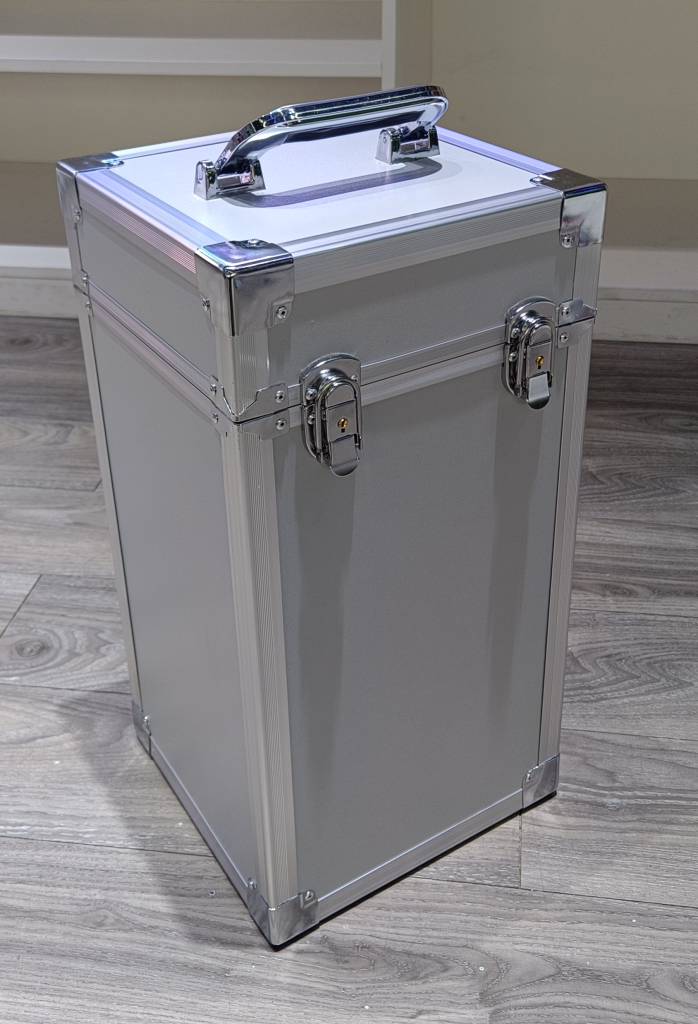
FAQs
Q: What application scenarios are LED Holographic Screens suitable for?
A: LED Holographic Screens are perfect for application scenarios that require thin, lightweight, and bendable displays, such as:
- Smart wearable devices: such as smart watches, health trackers, etc.
- In-vehicle displays: displays on dashboards and center consoles.
- Mobile devices: screens on smartphones and tablets.
- Smart home: control panels or information displays for home appliances.
- Exhibition displays: interactive experience areas in museums, science and technology museums, convention centers, etc.
Q: Can customers cut the screen size?
A: It is usually not recommended for customers to cut the screen size by themselves. Cutting the screen requires specialized tools and techniques to ensure that no damage is done to the internal circuitry or other components. If a customized size is required, please contact the manufacturer or a professional service provider for processing.
Q: Is the screen easy to clean? Are they coated with an anti-smudge coating?
A: Many LED holographic screens are equipped with an easy-to-clean design and may have an anti-smudge (anti-fingerprint) coating. These coatings can help minimize the adhesion of grease and dust, making routine maintenance easier. However, the exact ease of cleaning depends on the product model and manufacturer’s specifications.
Q: Is the screen adapted to various ambient temperatures? Can they work stably at high or low temperatures?
A: LED Holographic Screens are usually designed to function properly under a certain range of temperature conditions, and the specific operating temperature range should be referred to the technical specifications provided by the manufacturer. High-quality products may include thermal management mechanisms to ensure stability at extreme temperatures. However, it should be noted that continuous exposure to too high or too low a temperature environment may shorten the life of the screen or affect performance.
Q: What input interfaces (e.g. HDMI, VGA, USB, etc.) does the screen support? Does it support wireless control or remote control?
A: The types of input interfaces supported depend on the specific screen model. Common interfaces include HDMI, DisplayPort, USB-C, etc., while older models may also support VGA. wireless or remote control features rely on built-in communication modules such as Wi-Fi, Bluetooth, or infrared receivers. Some higher-end models do offer these features, allowing users to operate the screen from a mobile app or other remote control device.
Q: Is the screen moisture and water resistant? Is it suitable for use in humid environments?
A: Some LED Holographic Screens have a certain level of water and dust resistance (e.g., IP67 or IP68), which makes them somewhat resistant to moisture and water droplets, making them suitable for use in relatively humid environments. However, for long term immersion in water or complete waterproofing, you must choose a product specifically designed for this purpose. Please check whether the protection level of the product meets your requirements before use.
Q: What is the difference between a holographic screen and a flexible LED Film?
A: There are significant differences between the two:
- Display principle:
- Holographic screens screen based on liquid crystal (LCD), organic light-emitting diode (OLED) and other traditional flat display technology; while the holographic screen uses the principle of interference and diffraction of light to generate three-dimensional images, without the need to wear special glasses to watch the three-dimensional effect.
- Visual experience:
- Holographic screens can present realistic 3D images, providing a more immersive user experience; in contrast, crystalline film screens mainly provide two-dimensional content, although some advanced models also support 3D display, but usually need to be used with specific glasses.
- Applications:
- Due to their unique 3D characteristics, holographic screens are widely used in entertainment, education, and medical fields; crystalline film screens are more common in consumer electronics and personal mobile devices due to their flexibility and portability.
- Technology maturity:
- At present, the technology of crystalline film screen has been very mature and widely used, while the holographic screen is still in the development stage, the cost is higher, and large-scale commercial applications are still limited.
FAQs
Make amazing 60 degree bevel cuts with our 8-1/4 in. SKILSAW Worm Drive model SPT78W-01. This saw is powered by our largest 15 amp Dual-Field high torque motor so you will make the last cut as precisely as you did the first cut. Exclusive 60 degree bevel. High torque Dual-Field motor. Legendary SKILSAW durability. Includes: SPT78W 8-1/4 In. Worm Drive SKILSAW, 24 Tooth Carbide blade and multi-functional blade wrench.

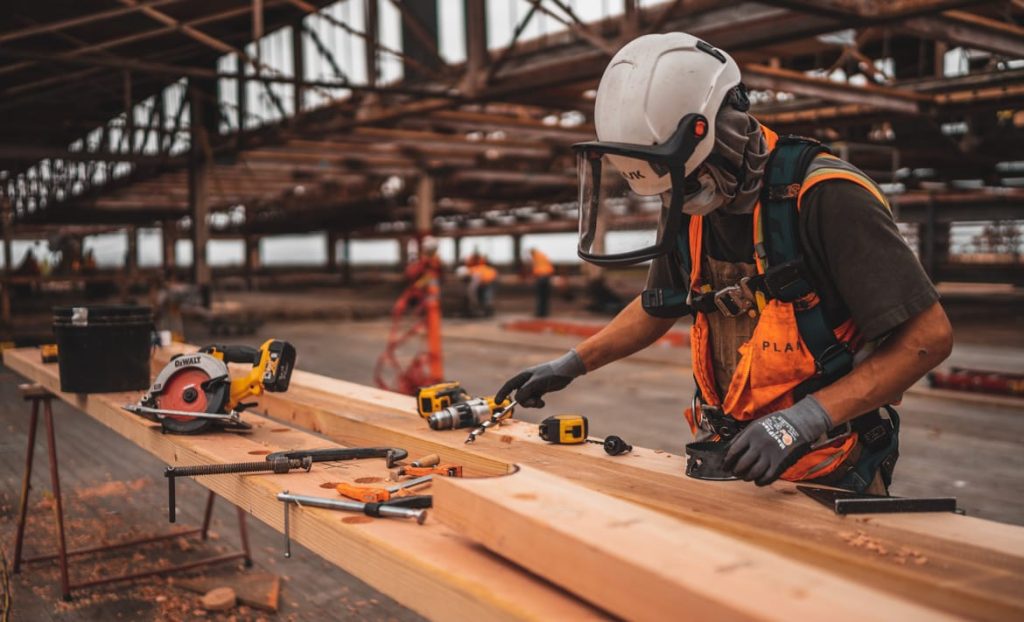
Make amazing 60-degree bevel cuts with our 8-1/4 in. SKIL Worm Drive Skilsaw model SPT78W-01. This Skilsaw is powered by our largest 15 amp Dual-Field™ high torque motor so you will make the last cut as precisely as you did the first cut. Exclusive 60-degree bevel. High torque Dual-Field™motor. Legendary SKIL durability.
Shenguan is a direct seller of CATL, LISHEN, EVE, GOTION, Narada, TAFEL, CALB, REPT and other batteries. We have fresh stock, ready for shipment. Support ODM&OEM, please contact the store customer service to provide customized requirements.
- This saw is powered by our largest 15 amp Dual-Field
- High torque motor so you will make the last cut as precisely as you did the first cut.
- Exclusive 60 degree bevel. High torque Dual-Field motor. Legendary SKILSAW durability.
- Includes: SPT78W 8-1/4 In. Worm Drive SKILSAW, 24 Tooth Carbide blade and multi-functional blade wrench.
